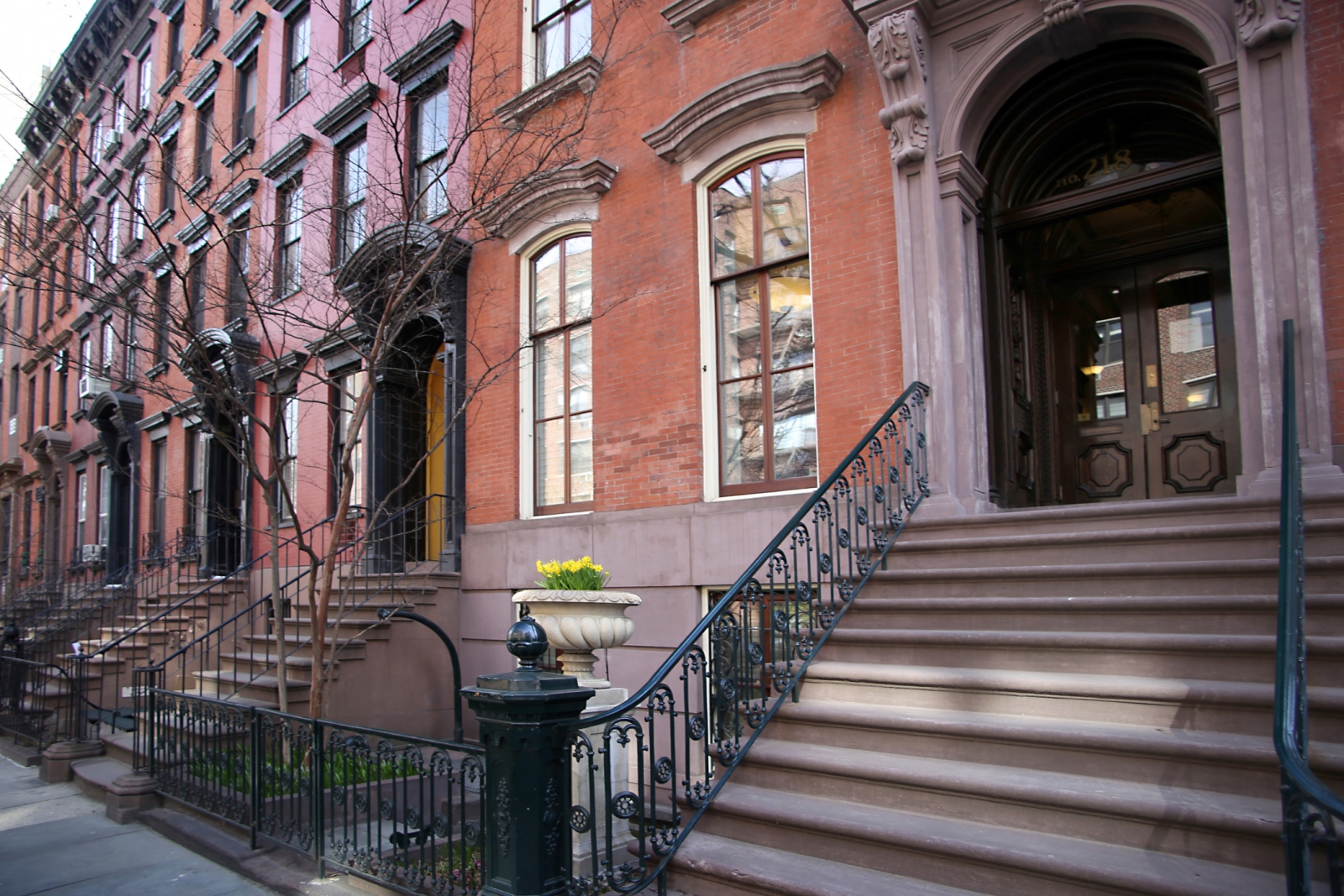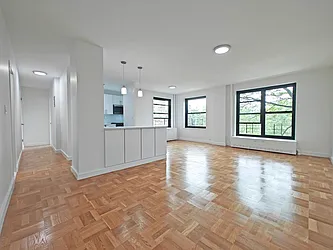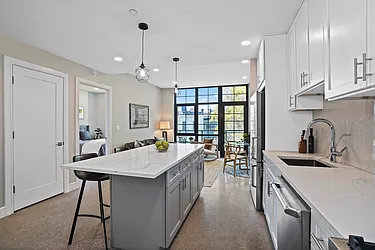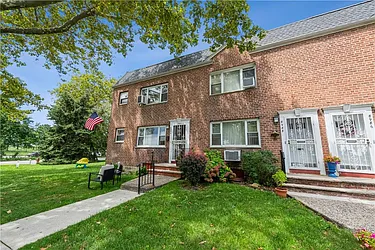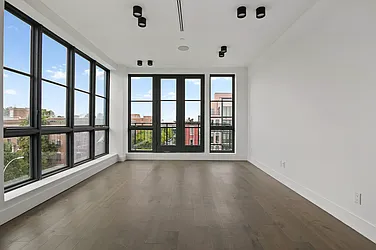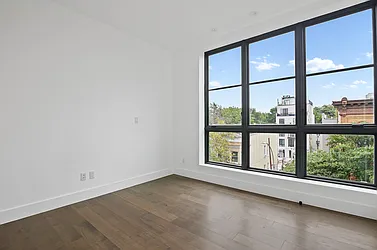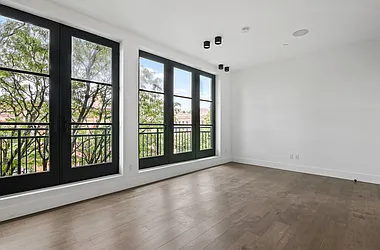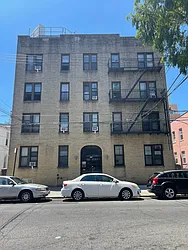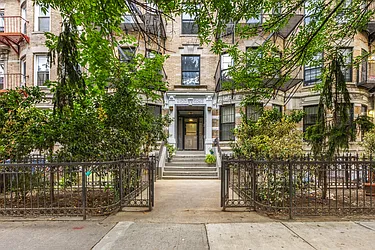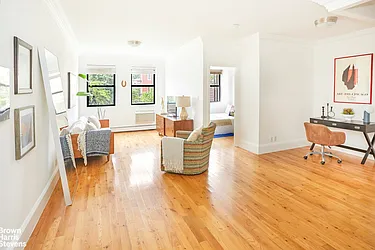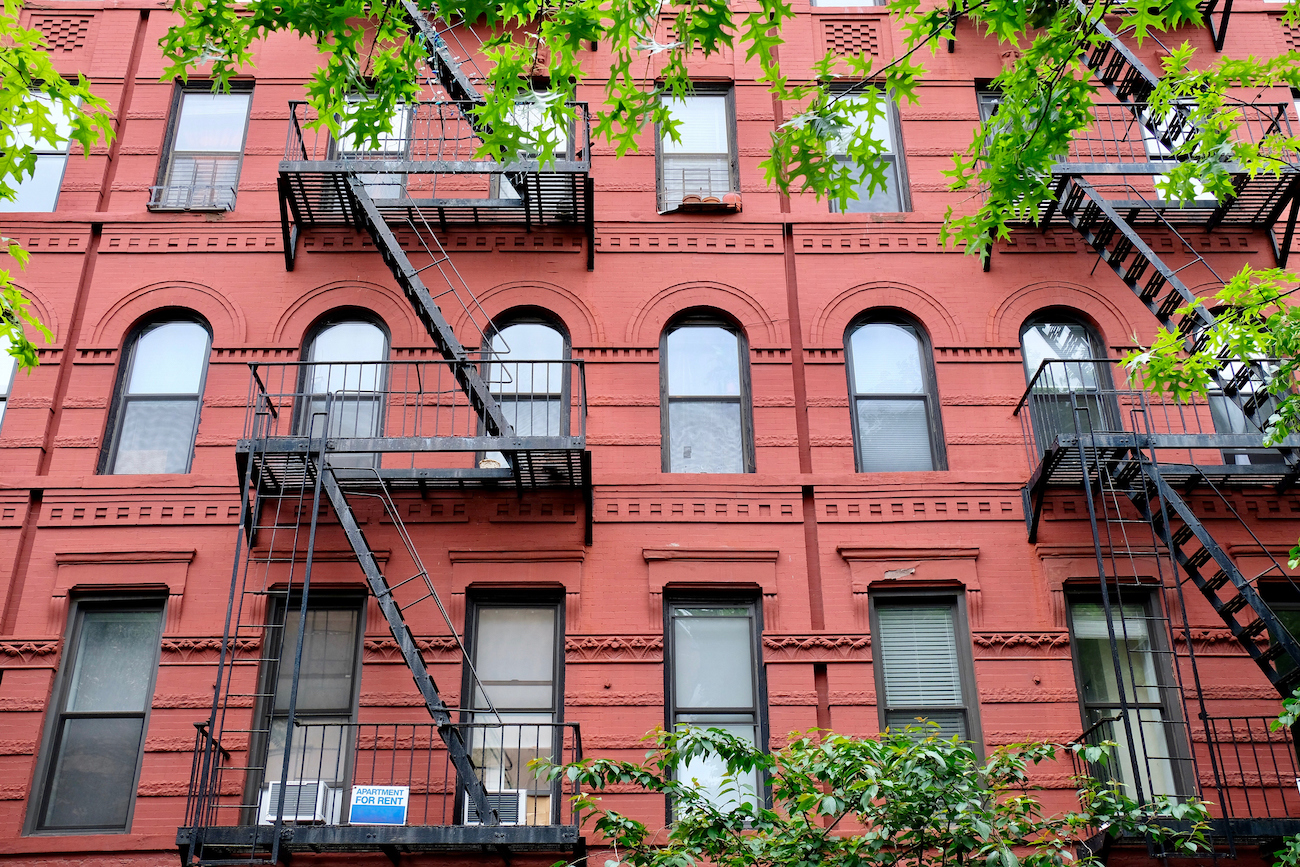It’s not hard to define a certificate of occupancy in NYC — usually abbreviated as either CO or COO. As the Department of Buildings website states, “No one may legally occupy a building until the department has issued a certificate of occupancy.” A CO identifies which buildings New York City residents may legally inhabit, and, further, which floors or which units can be lived in.
Exactly when a CO is needed is a more complicated question, and a vital one for any New York City resident who wants to build, expand or renovate a property. Rules for COs vary widely based on a building’s age and the type of work being done. And getting a CO means going through a stringent city process that private homeowners conducting renovations would probably seek to avoid if at all possible.
Do Prewar Buildings in NYC Need a Certificate of Occupancy?
Certificates of occupancy were not required for every building prior to 1938, which means that a great deal of New York City’s older, prewar buildings never received them. However, significant renovations to a pre-1938 building can trigger the need for a CO. Significant changes to a New York City building require approval from the Department of Buildings, and frequently that approval happens only in conjunction with the issuing of a new CO.
“Any time a new building goes up, you need a CO,” says Andrew Rudansky, senior deputy press secretary of the New York City Department of Buildings. “But that’s also the case if there’s significant construction on an existing building, or basically any specific work that alters a building’s use, occupancy, or egress.”
Fundamentally, the question of whether a New York City homeowner doing construction or renovation on her property needs a new CO comes down to the type of permit granted by the Department of Buildings. While such permits aren’t required for home improvements (such as painting, replacing floors, or even installing new kitchen cabinets), they are required for more major work. If you’re hiring an architect, engineer, or general contract, you will likely need a permit. But that doesn’t mean you’ll need a CO.
Homes for sale in Brooklyn with 1-2 bedrooms under $800K Article continues below
Building Renovations and Certificates of Occupancy in NYC
Of the three types of permits the Department of Buildings grants, only the ALT 1 requires a new CO, because it “will change use, egress or occupancy.” For example, converting a commercial storefront to a residential home would change the building’s “use” and thus require a new CO. So would changing a residence from a single family into a two-family home (which changes “occupancy”), or removing a front exit door and replacing it with a side door (which alters “egress”).
Cases where a property owner would not need a new CO would include the merging of two apartments into one larger one, or the addition of a second bathroom or a new interior stairwell into a home. As long as improvements such as those don’t affect “use, egress, or occupancy,” new Certificates of Occupancy aren’t required.
Where to Get Help With Certificates of Occupancy
If one has further questions about certificates of occupancy, the Department of Buildings spokesman recommends reaching out to a professional, whether an architect, an engineer, an expediter or even the city itself.
“The Department of Buildings has a homeowners’ night every Tuesday in all five boroughs, a free open-house event where we invite any member of the public to ask any question about any building or project in New York City,” Rudansky says. “Whether you want to ask about licensing, or permits, or certificates of occupancy, any question is welcome, and you’ll be able to interact with our experts.”
—
Send your NYC real estate stories and tips to StreetEasy editors at tips@streeteasy.com. You will remain anonymous. And hey, why not like StreetEasy on Facebook and follow @streeteasy on Instagram?
